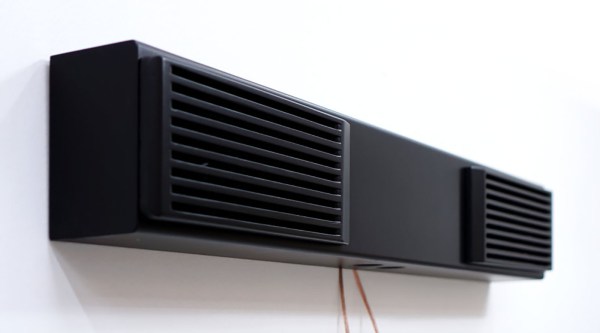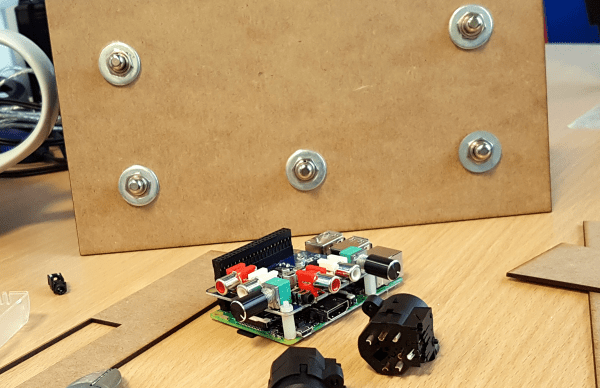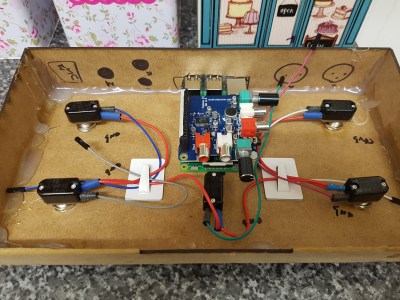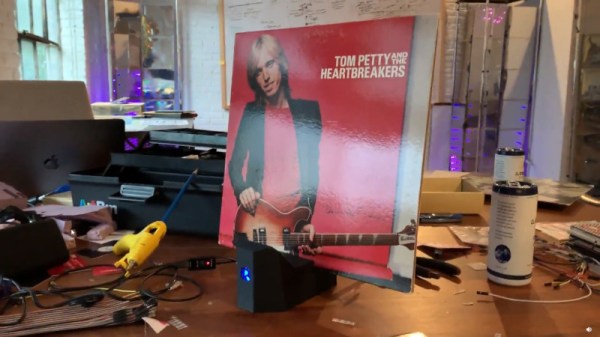When it comes to chiptunes, the original Nintendo Entertainment System and the Game Boy get all the accolades. The OPL synths have all the fun. But there’s another chip out there in dusty old machines that is at least as interesting with a repertoire at least as influential as the Mega Man 2 OST. It’s the YM2612, the chip in the Sega Mega Drive/Genesis.
[natalie] created a portable device capable of playing back the files targeting the sound chips in this venerable machine. It’s the MegaGRRL, and it’s the iPod for the original Genesis sound tracks.
Inside the MegaGRRL is an ESP32 in the form of an ESP-WROOM-32 module. There is, of course a YM2612 chip in there, along with a headphone amplifier and a battery charger. The display is a fairly standard and cheap affair that’s 240 x 320 pixels in full color, and there are seven buttons on this device, because of course you need an A, B, and C button.
Combined with a 3D printed enclosure, the GameGRRL does exactly what it says it will: it plays all the music from old Sega games. Now, when you’re in the inevitable argument with someone over the fact that Michael Jackson wrote the Sonic 3 soundtrack, the proof is right in your pocket. Of if you want to jam out on the Toe Jam And Earl soundtrack, that’s right there too. You can check out the video demos below.
Continue reading “This Chiptune Player’s Got What Nintendon’t”









 At the center of the box is a Raspberry Pi with an AudioInjector stereo sound card. The card takes care of stereo in and out, and passing the signal to the Pi. The software is Modep, an open source audio processor that allows the setup of a chain of digital effects plugins to be run on the Pi. After finding some foot switches, [Craig] connected them to an Arduino Pro Micro which he set up as a MIDI device that sends MIDI messages to the Modep software running on the Pi.
At the center of the box is a Raspberry Pi with an AudioInjector stereo sound card. The card takes care of stereo in and out, and passing the signal to the Pi. The software is Modep, an open source audio processor that allows the setup of a chain of digital effects plugins to be run on the Pi. After finding some foot switches, [Craig] connected them to an Arduino Pro Micro which he set up as a MIDI device that sends MIDI messages to the Modep software running on the Pi.
















